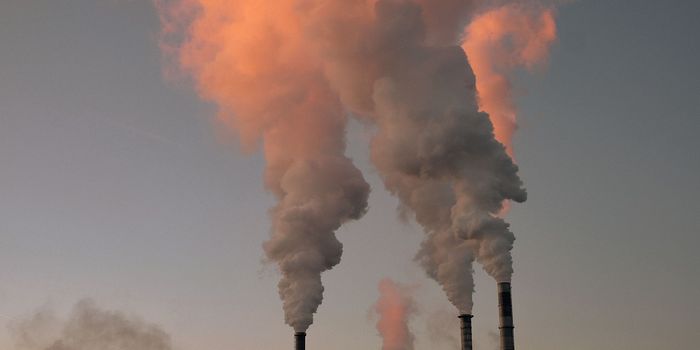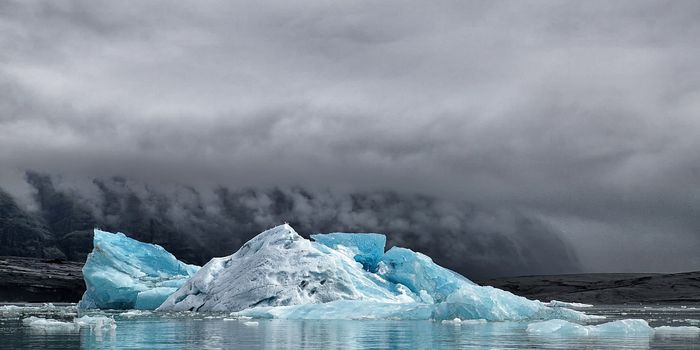How detective geologists are tracing illegal sand
To most of us, sand is something that we likely only think about while at the beach. But for people who build things, especially things made out of concrete, sand is an all-consuming topic. New research to be presented this week at the Geological Society of America annual meeting contemplates the general state of sand, considering specifically the environmental impacts of sand mining and removal.
"The consumption of sand and gravel and crushed rock started accelerating [after the Second World War] as a result of all the construction and infrastructure development and urbanization that was happening in many areas," says Aurora Torres, who is co-author of the study.
With continued urbanization in many parts of the world, sand is an ever-important and valuable resource. Experts estimate that the projected amounts of sand and gravel will likely rise from 35 gigatons per year, the levels required in 2011, to 82 gigatons per year by 2060.
Large amounts of sand removal impact agriculture, water quality, air pollution, sediment availability, and human health. While there are some regulations in place, the black market for sand extraction and transport is on the rise. "Not all sand is equal in terms of what it can be used for," explains Zack Sickmann, another of the study’s coauthors. Concrete aggregate requires sand with a specific size and angularity. Determining if sand was mined from an illegal area will be key to enforcing protective regulations, he says.

Luckily, tracing the origin of sand grains is surprisingly easy because of their unique markers. . "There's no reason why I couldn't go take a core of concrete of an existing skyscraper and take that same compositional signature and tie it back to a source," says Sickmann. "This is a very important issue," adds Torres. "I see this as a valuable tool that will be that will complement other strategies that are being put in place to track and monitor these illicit supply networks."
Sickmann and Torres are currently working on developing a cost and time-effective method of fingerprinting sands from different regions. They plan to first test their identification system on US concrete with the hope of extrapolating the technique to Southeast and South Asia.
"Not only are there areas of concern there with respect to illicit supply networks, but the geology of Southeast Asia and South Asia also is complex, and should provide a lot of leverage in distinguishing sand from different regional areas of concern," concludes Sickmann.
Sources: Geological Society of America, Eureka Alert
-
APR 30, 2024Immuno-Oncology Virtual Event Series 2024
-
MAY 07, 20243rd International Biosecurity Virtual Symposium
-
SEP 03, 2024Microbiology Week Virtual Event Series 2024
- See More

















































